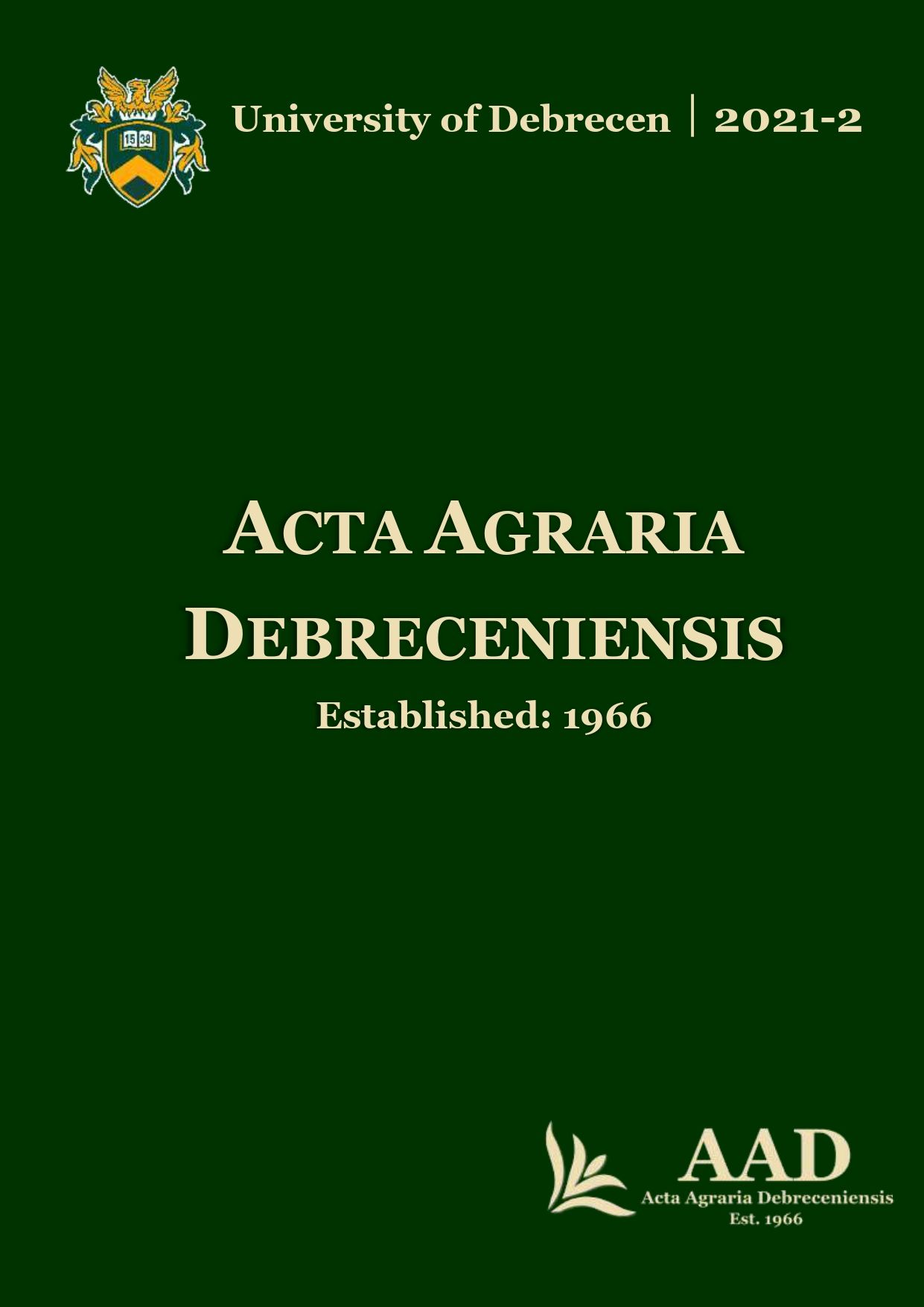Water relations composition among Egyptian cotton genotypes under water deficit
Authors
View
Keywords
License
Copyright (c) 2021 by the Author(s)

This work is licensed under a Creative Commons Attribution 4.0 International License.
How To Cite
Accepted 2021-11-16
Published 2021-12-08
Abstract
Background: water shortage is one of the major factor effects on growth characters and yield of most crops. Objective: this study was conducted to get to know the reactions of some Egyptian cotton genotypes to water deficit. Methods: The genetic materials used in this study included thirteen cotton genotypes belonging to Gossypium barbadense L., from the Cotton Research Institute (CRI), which was devoted to establishing the experimental materials for this investigation. Results: the ratio of GCA/SCA was less than unity for all studied indices, indicating predominance of non-additive gene action (dominance and epistasis), which is an important in exploitation of heterosis through hybrid breeding. Results: The data showed significant reduction in water relationship characters for all parental genotypes under stress conditions. The Egyptian variety Giza 68 gave high values for most water relationship characters. Data revealed that the greater the value of tolerance index is, the larger the yield reduction is under water deficit conditions and the higher the stress sensitivity is becoming. The parental genotypes Giza 96 showed the highest reduction in yield under water deficit conditions. At the same time, the cross combination Minufy x Australy showed higher values of yield reduction followed by the combinations Giza 67 x Australy. Of the male parents, the Russian genotype 10229 recorded the best GCA values for most water relationship characters. At the same time, the female parents, the old Egyptian genotype Giza 67 recorded the best values and exhibited good general combined for most water relationship characters. The cross combinations Giza 86 x Pima S6, Giza 77 x Pima S6, Giza 94 x Dandra and Giza 96 x Australy showed significant desirable SCA effect for most characters. Conclusion: relative water content %, osmotic pressure, chlorophyll and carotenoids content indicates better availability of water in the cell, which increases the photosynthetic rate. Also, the higher level of proline accumulation in the leaves which was recorded under deficit water suggests that the production of proline is probably a common response of plant under water deficit conditions.

 https://doi.org/10.34101/actaagrar/2/9194
https://doi.org/10.34101/actaagrar/2/9194